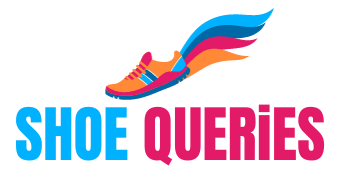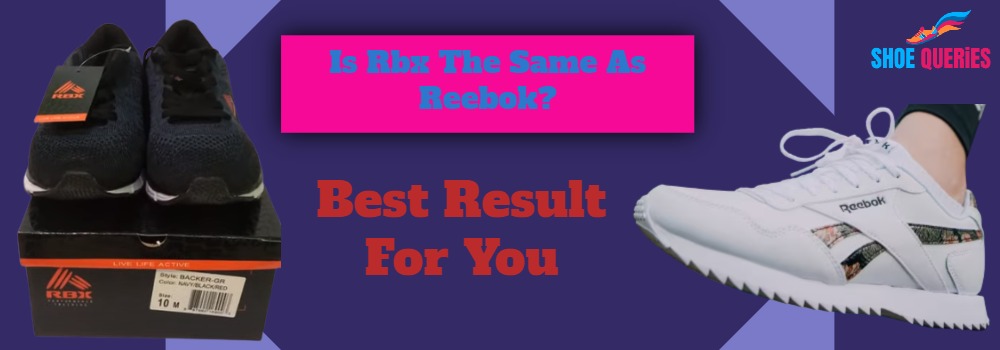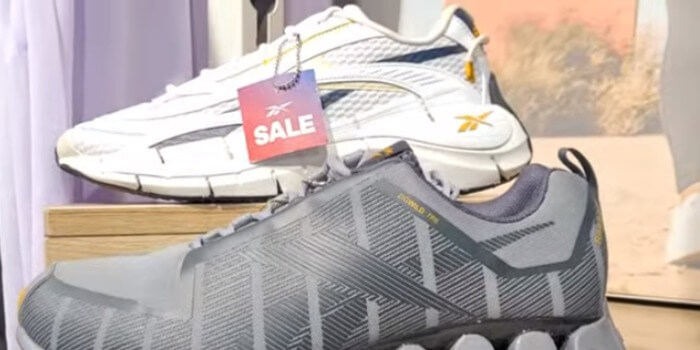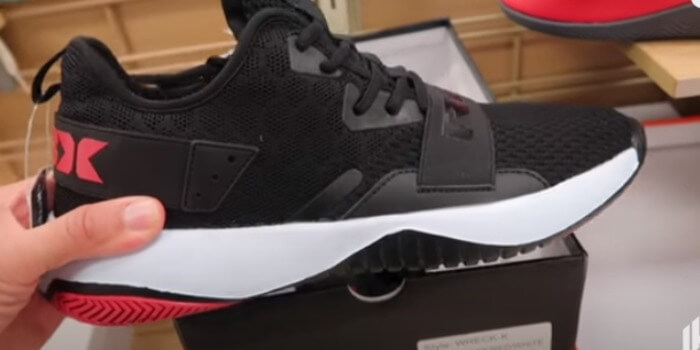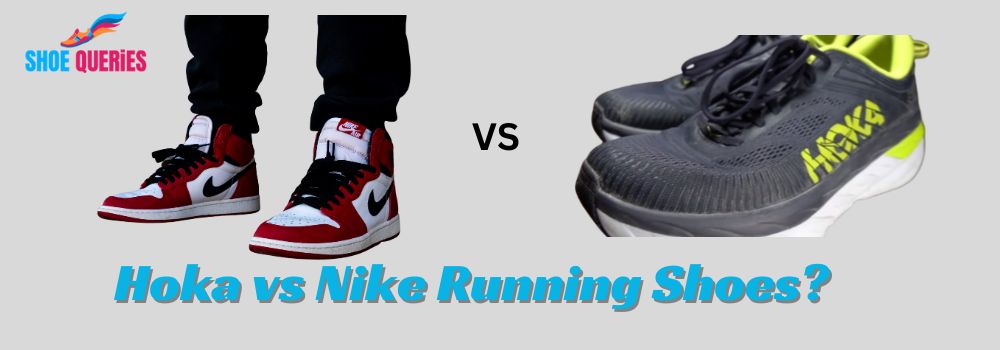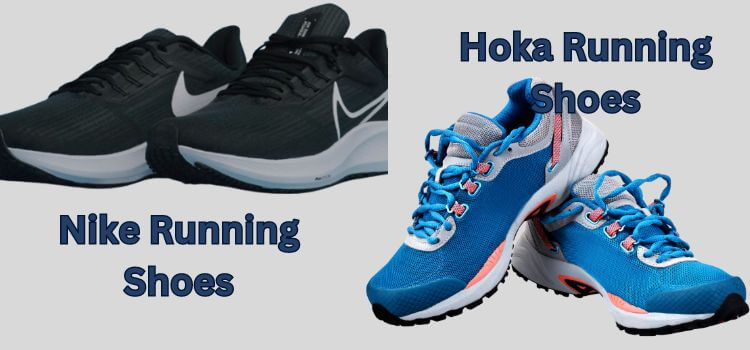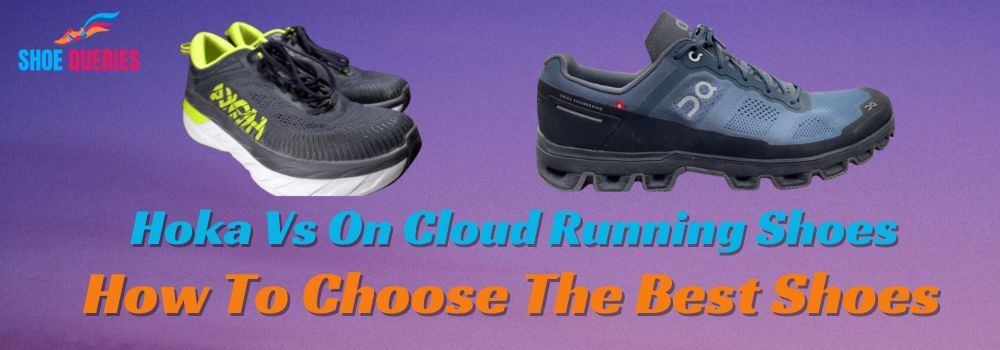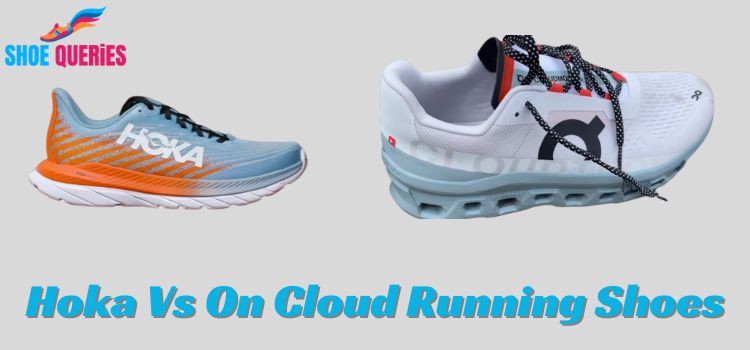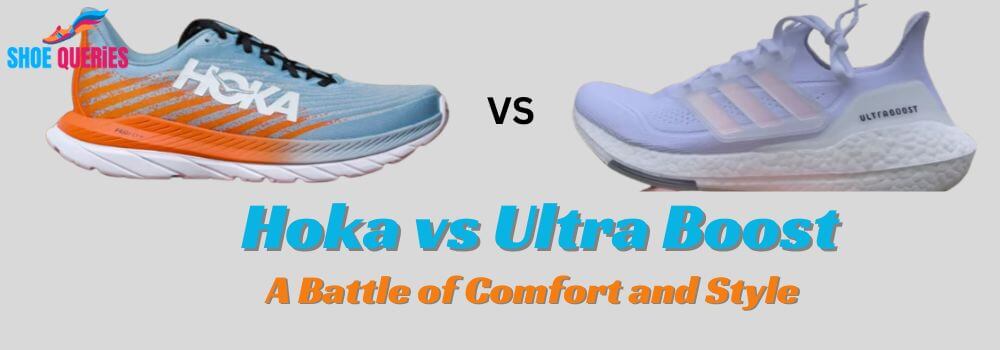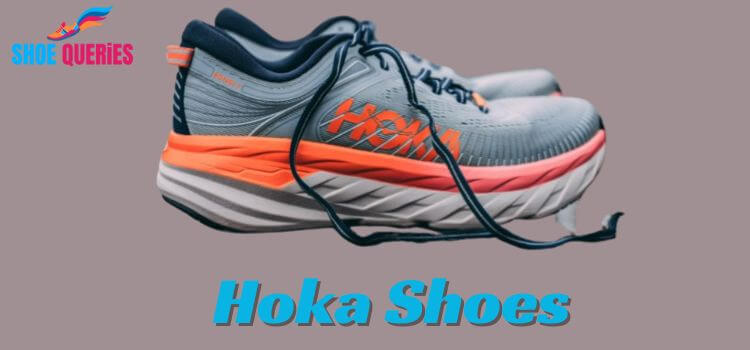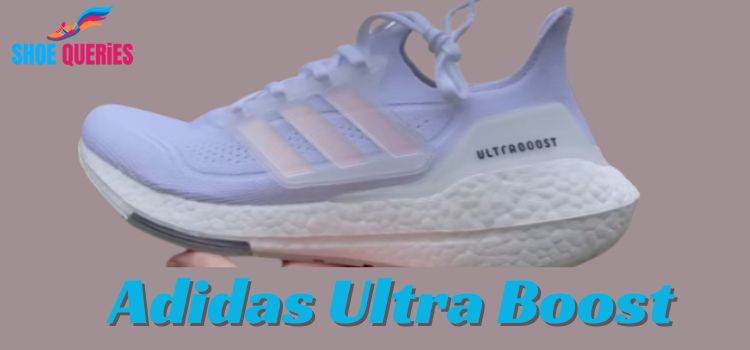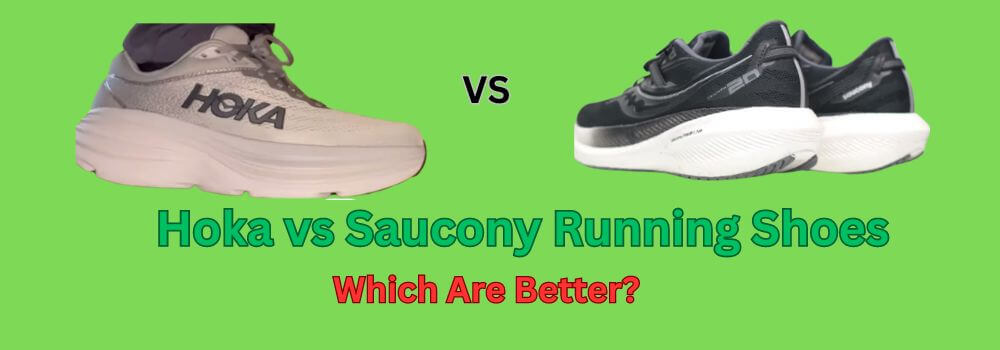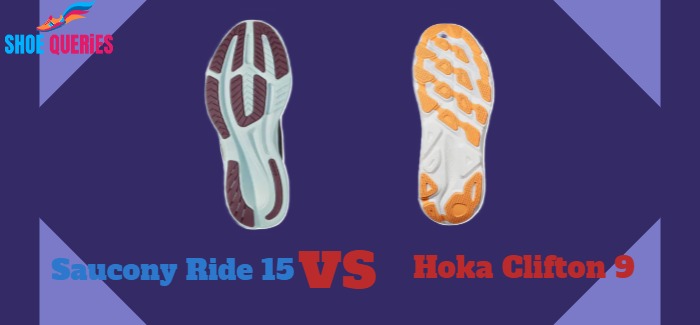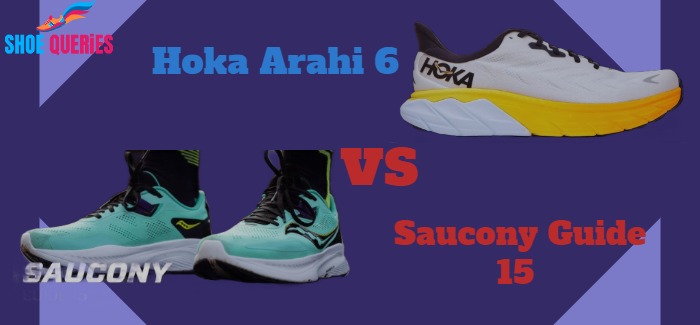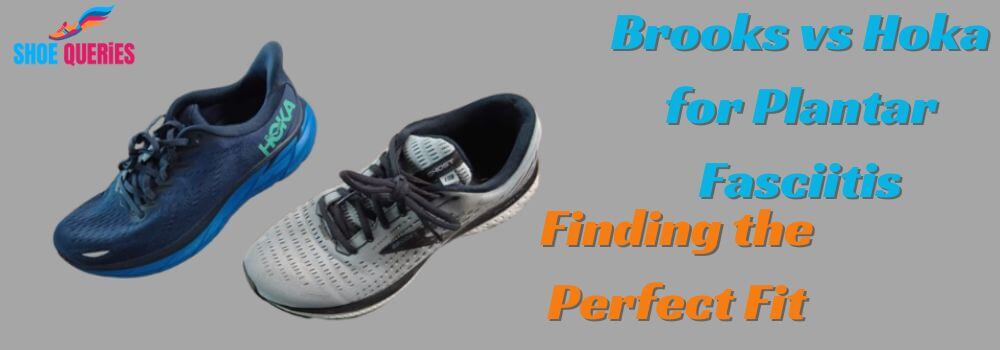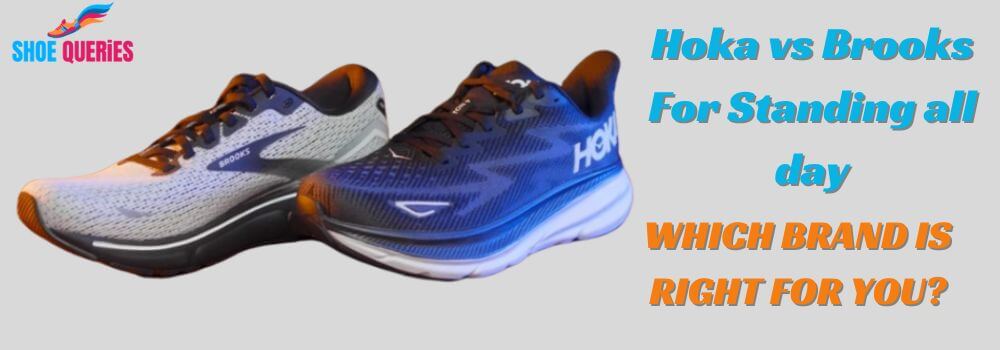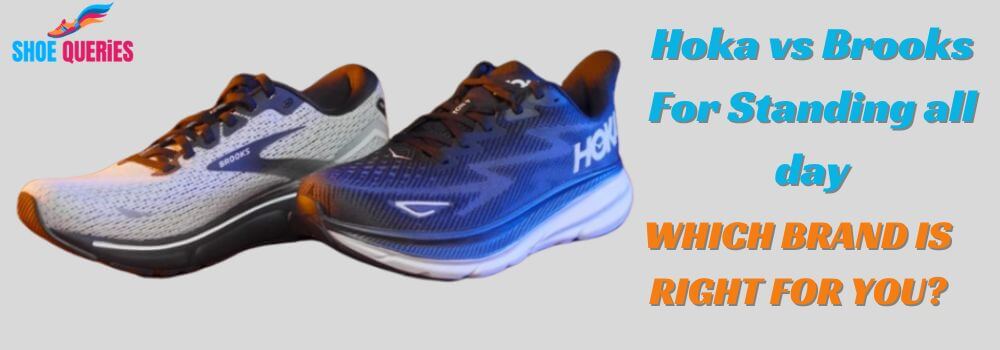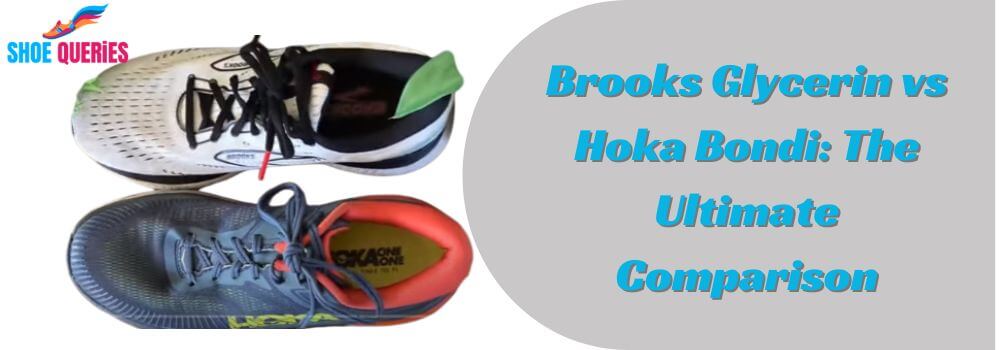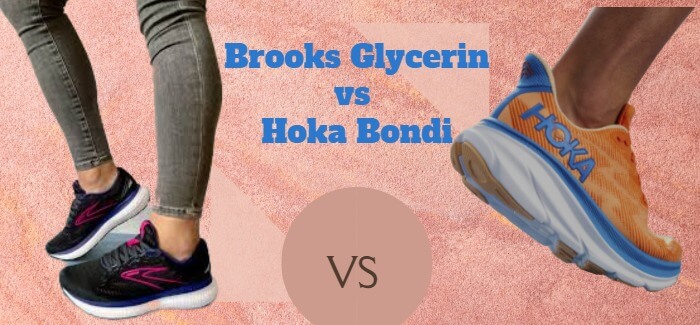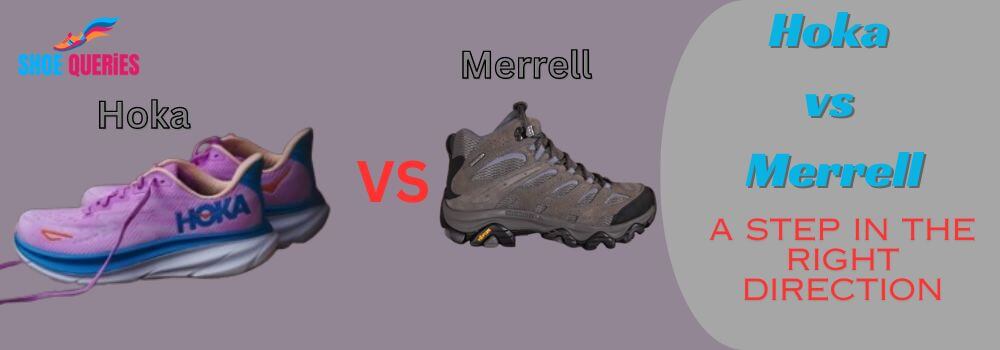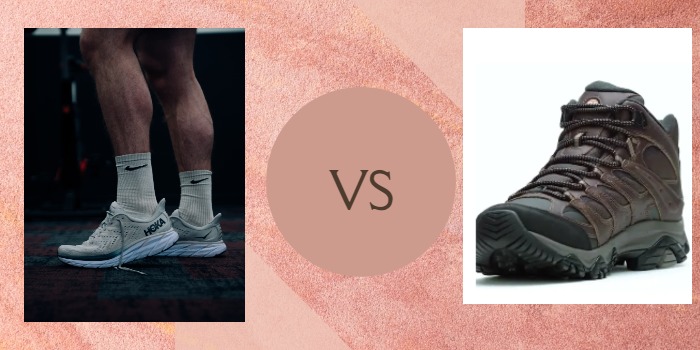One of the most contentious issues in society is Reebok vs. New Balance. These two brands make some of the best shoes and have a long history. However, choosing one over the other is difficult.

This post will help you decide depending on the factors to consider before buying. You can receive all the information you need here to decide.
Reebok Vs New Balance: Comparison of Two Shoe Brands
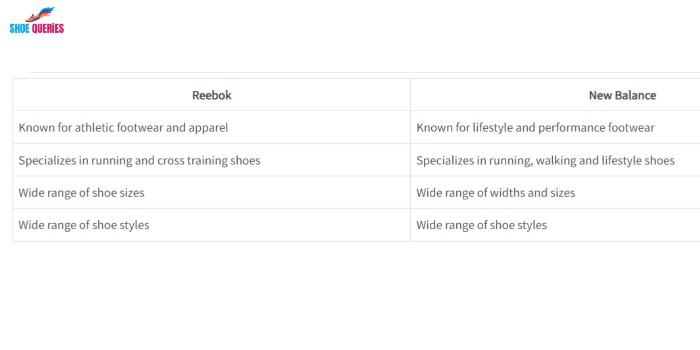
History and Legacy: Reebok Vs New Balance
Reebok, established in 1958, has a rich history in athletic footwear. Initially focused on running shoes, Reebok gained popularity in the 1980s with the introduction of their aerobic shoes, becoming a staple in fitness classes and urban fashion.
New Balance, founded in 1906, started as a manufacturer of arch supports and orthopaedic shoes. Over the years, the brand shifted its focus to athletic footwear, gaining recognition for its commitment to comfort and innovative technology.
Technology and Innovation: Reebok vs New Balance
Reebok is renowned for using innovative technologies that consistently pushes the envelope. In the late 1980s, the company unveiled the renowned Pump technology, which used inflatable chambers to let users adjust how their shoes fit. Furthermore, Reebok’s ZigTech technology, featuring unique zigzag-shaped soles, provides excellent cushioning and energy return.
New Balance takes pride in its dedication to innovation, using advanced technologies to enhance the performance and comfort of their shoes. The brand’s Fresh Foam technology, for instance, offers superior cushioning and responsiveness, while the REVlite midsole ensures lightweight support without sacrificing durability.
Price: Reebok vs New Balance
Reebok offers a variety of price points to accommodate various spending limits. Reebok offers solutions for athletes of all abilities, from their cost-effective entry-level models to their high-performance selections. Because of the company’s dedication to quality, even its more affordable shoes provide comfort and sturdiness.
New Balance shoes cost mid-range to high-end. Even though the brand’s shoes are more expensive than budget options, its attention to detail, craftsmanship, and quality materials make them worth it for lasting, high-performing shoes.
Design and Aesthetics: Reebok vs New Balance
Reebok shoes often feature a stylish and athletic design, catering to both performance and fashion-conscious individuals. With collaborations with renowned designers and celebrities, Reebok offers a wide range of trendy and eye-catching footwear options.
New Balance shoes are known for their timeless and classic designs. The brand appeals to consumers who respect simplicity and subtle elegance even if it doesn’t place as much emphasis on fashion-forward aesthetics. For varied tastes, New Balance offers a huge selection of colors and styles.
Performance and Functionality: Reebok vs New Balance
Reebok footwear is outstanding in terms of performance and usability. To provide the best support, stability, and traction, their footwear is made with particular sports and activities in mind. Whether you enjoy weightlifting, cross-training, or running, Reebok has specific shoes made for your preferred sport.
Shoes made by New Balance are renowned for their great comfort and utility. The company’s dedication to foot support and biomechanics results in footwear that encourages natural mobility and lowers the chance of injury. Running, walking, and general wear are just a few of the activities for which New Balance has a selection of footwear.
Fit and Comfort: Reebok vs New Balance
Reebok places great emphasis on delivering a comfortable fit. Their shoes are engineered with features like cushioned insoles, breathable uppers, and adjustable closures to ensure a snug and supportive fit. Reebok also offers models with wide and narrow sizing options, catering to individuals with different foot shapes.
New Balance prides itself on providing exceptional comfort. Their shoes come in a variety of widths, guaranteeing a secure fit for a variety of foot sizes. The brand’s use of high-end materials and cutting-edge cushioning technologies ensures comfort even during extended wear.
Brand Reputation: Reebok vs New Balance
In the sports footwear sector, Reebok has a solid reputation, especially for its performance-oriented footwear. The company’s established reputation as a trustworthy and dependable option for sportsmen and fans alike is bolstered by its longstanding participation in professional sports and fitness groups.
New Balance is known for quality and comfort. Due to their commitment to manufacturing shoes for all foot sizes, they have a loyal consumer base. Names often connote reliability and toughness.
Sustainability and Corporate Responsibility
Reebok is dedicated to sustainability and corporate responsibility. The brand has made significant strides in reducing its environmental impact by incorporating recycled materials into their shoe production. Reebok also supports various charitable initiatives and promotes inclusivity and diversity in their marketing campaigns.
New Balance is committed to sustainability and ethical practices. The brand actively seeks environmentally friendly materials and manufacturing processes, striving to reduce waste and carbon emissions. New Balance also engages in community initiatives, emphasizing inclusivity and social responsibility.
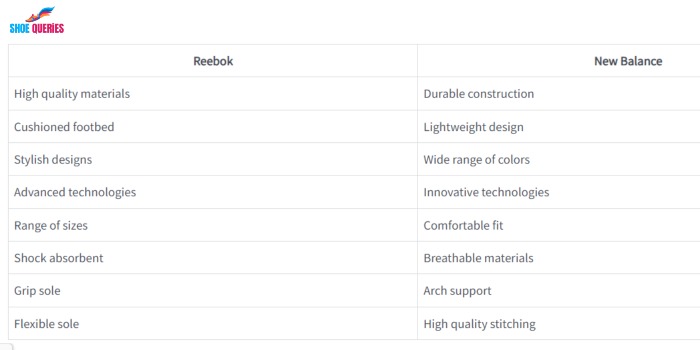
Reebok Vs New Balance Pros & Cons
Reebok Pros:
Reebok has many styles and colors for different tastes.
Quality craftsmanship ensures long-term performance from Reebok.
Reebok provides a broad range of sizes, accommodating a diverse customer base.
Reebok Cons:
Reebok shoes are often priced at a premium, which may not be budget-friendly for all consumers.
Some Reebok styles may have limited availability, which could pose challenges for those seeking specific designs.
New Balance Pros:
New Balance offers budget-friendly options, making quality footwear accessible to a wide range of customers.
New Balance excels in providing a diverse selection of sizes and widths, catering to various foot shapes and sizes.
New Balance is known for its well-crafted shoes, ensuring reliable performance.
New Balance Cons:
New Balance may have fewer styles and colors than other brands, restricting fashion possibilities.
In high-stress situations, New Balance sneakers may be less durable than others.
Which is Better: Reebok vs. New Balance?
Choosing the perfect shoes can be difficult, especially when comparing Reebok and New Balance. Both brands provide a variety of footwear to suit different tastes. Compare Reebok and New Balance’s features to help you decide.
Reebok is known for its cutting-edge technology and design. Their footwear is meticulously crafted to harmonise superior performance with paramount comfort. The brand boasts an extensive lineup of styles, ensuring compatibility with a wide spectrum of activities and lifestyles. Furthermore, Reebok caters to varying foot shapes by offering an extensive array of sizes.
New Balance, on the other hand, has become known for its timeless design and exceptional craftsmanship. They make shoes with unmatched comfort and support. Like Reebok, New Balance presents an assortment of styles capable of complementing diverse lifestyles and activities. Additionally, the brand is accommodating to different foot shapes, offering an expansive size range.
There are several aspects to consider while choosing between Reebok and New Balance. Three convincing reasons make New Balance the best choice:
Superior Quality: New Balance footwear is engineered to endure, consistently providing a level of comfort and support that sets the standard for excellence.
Wide Range of Sizes: New Balance stands out by offering an extensive range of sizes, ensuring a comfortable fit for individuals with varying foot shapes.
Classic Style: The enduring appeal of New Balance shoes lies in their timeless and enduring designs, remaining in vogue year after year.
For these distinct reasons, New Balance takes precedence as the optimal choice when seeking out a high-quality shoe. Whether you value performance, style, or comfort, New Balance has you covered.
Conclusion: Reebok vs New Balance
Your choices, needs, and budget determine whether to choose Reebok or New Balance. Reebok’s sporty style emphasizes performance and innovation, while New Balance’s timeless design emphasizes comfort and functionality. Consider your activities, fit, and budget to make an informed choice.
You can’t go wrong with either Reebok or New Balance—both are trusted brands. Visit your local retailer or browse their online catalogs to locate the right athletic shoes for your exercise objectives.
Frequently Asked Questions.
Q1. Which Brand is Better Suited for Running?:
Many runners prefer New Balance for its well-cushioned and stability-oriented running shoes. However, the best brand for running ultimately depends on an individual’s specific needs and foot type.
Q2. Which Brand is Better for Walking?:
New Balance is often recommended for walking due to its comfortable and supportive designs. They offer a variety of walking-specific shoe models.
Q3. Which Brand is More Affordable?:
Reebok is generally considered more affordable than New Balance. Reebok offers budget-friendly options and often has sales and discounts.
Q4. Which Brand is Better for Wide Feet?:
People with wide feet frequently choose New Balance because of its well-known wide width selections. To meet various foot forms, they provide a wide range of sizes.
Q5. Is Reebok a High-End Brand?:
Reebok is not frequently regarded as a luxury brand. It is more of a mid-priced brand that serves a diverse consumer base with a range of spending capacities.
Q6. Are New Balance the Most Comfortable Shoes?:
Numerous individuals find the shoes made by New Balance to be pleasant for a variety of activities. However, comfort is a personal matter and might differ from one individual to the next.
Q7. Why is New Balance So Trendy?:
New Balance’s resurgence in popularity can be attributed to fashion trends favoring “dad shoes” and retro-style sneakers. Their classic designs and comfortable features have made them fashionable again.
Q8. What Shoe Brand is Similar to New Balance?:
Saucony, ASICS, and Brooks are a few shoe companies that share qualities with New Balance. These companies likewise concentrate on comfortable, supportive athletic and casual footwear.

A K M Azad, The Founder of Shoe Queries, In 2023, I set out on a remarkable journey into the world of footwear, driven by an unwavering passion for shoes. His enthusiasm for renowned brands such as Nike, Birkenstocks, Hey Dudes, Crocs, Vans, Uggs, Converse, New Balance, and many others fueled his dedication to disseminating in-depth research on a wide array of footwear styles.
